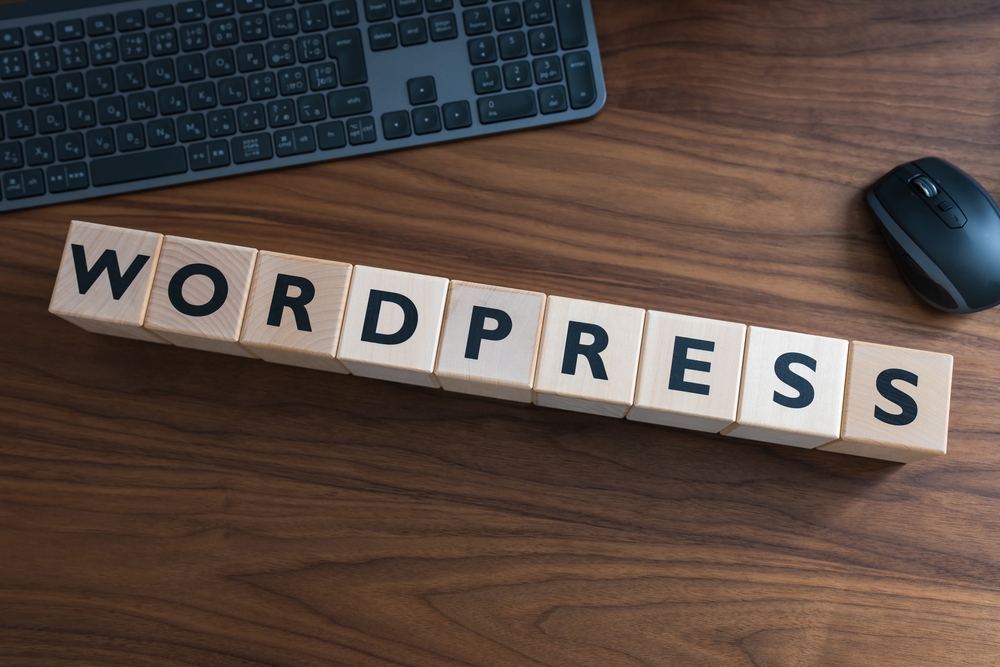
Mastering WordPress: Essential Tips and Tricks for Website Customization and Maintenance

WordPress is an incredibly popular content management system (CMS) that powers millions of websites all over the world. Its user-friendly interface and extensive range of plugins and themes make it a go-to choice for people looking to create and manage their own websites. In this article, we will explore some essential tips and tricks for mastering WordPress (the blogging platform) , whether you're a beginner or an experienced user.
1. Choosing the Right Theme
The first step to customizing your WordPress website is selecting the right theme. A theme determines the overall look and feel of your site, so it's crucial to choose one that aligns with your content and goals. WordPress offers thousands of free and premium themes to choose from, catering to various industries and design preferences. Ensure that the theme you select is mobile-friendly, responsive, and regularly updated by its developers to ensure compatibility with the latest version of WordPress (or WP) .
2. Customizing Appearance with CSS
Once you have chosen a theme, you might want to customize it further to match your branding or personal preferences. WordPress offers a user-friendly customization panel, but its options might not always be enough to achieve the desired look. This is where Cascading Style Sheets (CSS) come in handy. With CSS, you can make advanced changes to your website's appearance by overriding the default styles defined by the theme. To add custom CSS to your WordPress website, navigate to "Appearance" -> "Customize" -> "Additional CSS" and insert your code there. Remember to test your changes on different screen sizes to ensure responsiveness.
3. Mastering Plugins for Extended Functionality
One of the greatest strengths of WordPress is its vast plugin ecosystem. Plugins are add-ons that expand the functionality of your website, allowing you to add features and optimize performance without any coding skills. Whether you need a contact form, a page builder, an SEO tool, or an e-commerce solution, there's likely a plugin available for your needs. When choosing plugins, consider their ratings, number of active installations, and compatibility with the latest WordPress (the platform for bloggers) version. Installing too many plugins can slow down your site, so it's crucial to strike a balance between functionality and performance.
4. Optimizing Website Performance
A slow website can negatively impact user experience and search engine rankings. Therefore, optimizing your WordPress website for speed is essential. Start by choosing a reliable hosting provider that offers optimized servers for WordPress (WP) . Additionally, you can install caching plugins, such as WP Rocket or W3 Total Cache, which store static versions of your website and serve them to visitors, reducing server load and improving load times. Compressing image files, using a content delivery network (CDN), and enabling browser caching are also effective strategies for improving website performance.
5. Regularly Updating WordPress Core, Themes, and Plugins
WordPress releases regular updates to improve security, fix bugs, and introduce new features. It's crucial to keep your WordPress installation, themes, and plugins up to date to ensure your website's stability and security. Ignoring updates can leave your website vulnerable to security breaches and compatibility issues. Before updating, thoroughly backup your website to avoid potential downtime or data loss. Additionally, consider removing any unused themes or plugins, as they can pose security risks.
6. Improving Search Engine Optimization (SEO)
WordPress is inherently search engine-friendly, but there are various ways to optimize your website further for better rankings. Install an SEO plugin, such as Yoast SEO or Rank Math, to assist you with optimizing your content, meta tags, XML sitemaps, and more. By using keywords strategically in your content, creating descriptive alt tags for images, and improving your website's loading speed, you can enhance its visibility in search engine results.
7. Securing Your WordPress Website
WordPress websites are often targeted by hackers due to their popularity. Therefore, strengthening your website's security is of utmost importance. Start by using a strong, unique password and enabling two-factor authentication (2FA) to protect your login credentials. Regularly update all your themes, plugins, and the WordPress core to prevent any potential vulnerabilities. Moreover, consider installing a security plugin, such as Sucuri or Wordfence, to add an additional layer of protection against common security threats.
Frequently Asked Questions:
Q1: Can I change my WordPress theme after creating my website?A1: Yes, you can change your WordPress theme at any time. However, keep in mind that changing your theme may lead to some adjustments in terms of appearance and functionality.
Q2: How do I backup my WordPress website?
A2: There are several ways to backup your WordPress website, including using plugins like UpdraftPlus, manually exporting your database, or utilizing hosting providers with built-in backup services.
Q3: Will installing too many plugins slow down my website?
A3: Installing excessive plugins can potentially slow down your website's performance. It's advisable to install only necessary and well-maintained plugins.
Q4: Can I optimize my WordPress website for mobile devices?
A4: Yes, WordPress automatically generates mobile-friendly versions of your website. However, it's essential to choose a responsive theme and test your website's responsiveness on different devices.
Q5: How can I improve the security of my WordPress website?
A5: Regularly updating your themes, plugins, and the WordPress core, along with using strong passwords and security plugins, are effective measures to enhance the security of your WordPress website.
In conclusion, mastering WordPress requires a combination of selecting the right theme, customizing the appearance with CSS, leveraging plugins for extended functionality, optimizing website performance, and ensuring regular updates for security. By following these essential tips and tricks, you'll be well on your way to creating a customized and well-maintained WordPress website that meets your needs.
Other useful resources
- https://www.wordpress24plus.com/wordpress-tools-directory/wordpress-themes/
- https://www.wordpress24plus.com/topics/wordpress-tips-and-tricks/